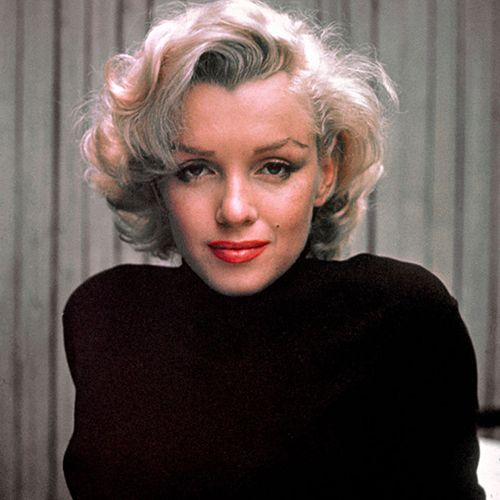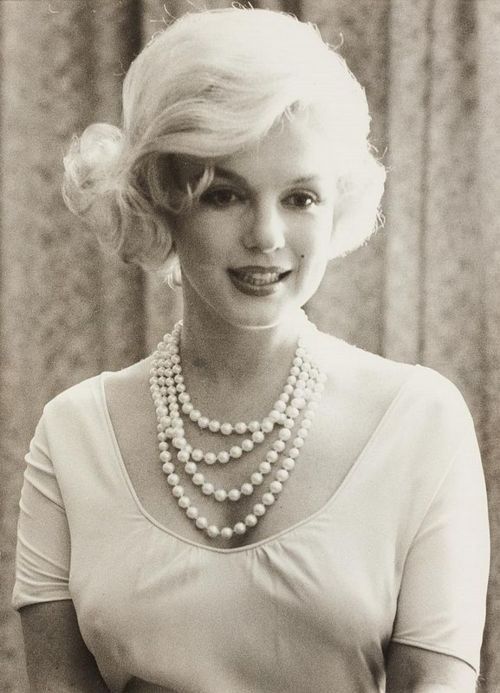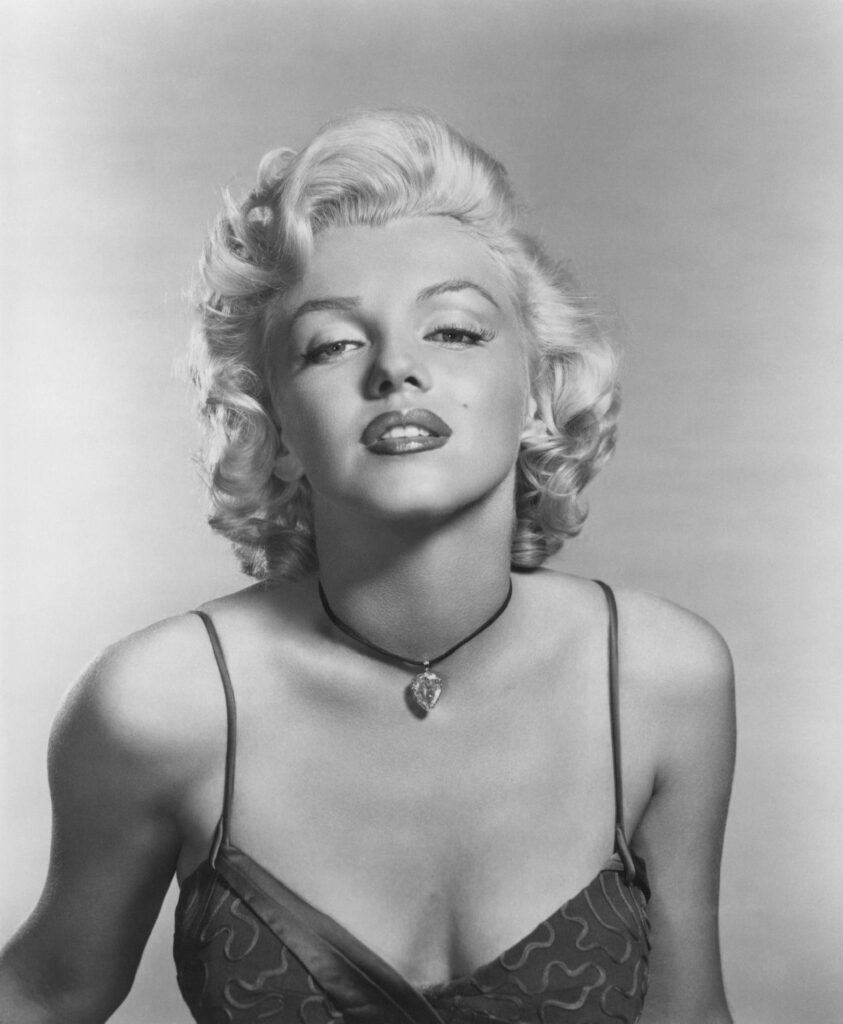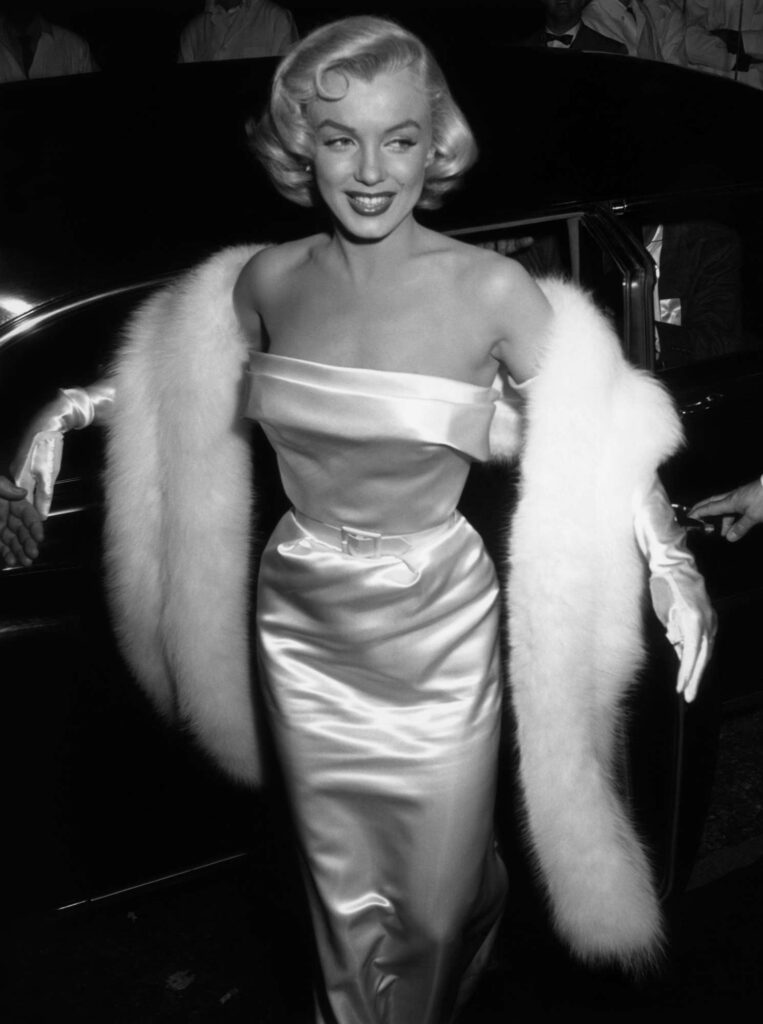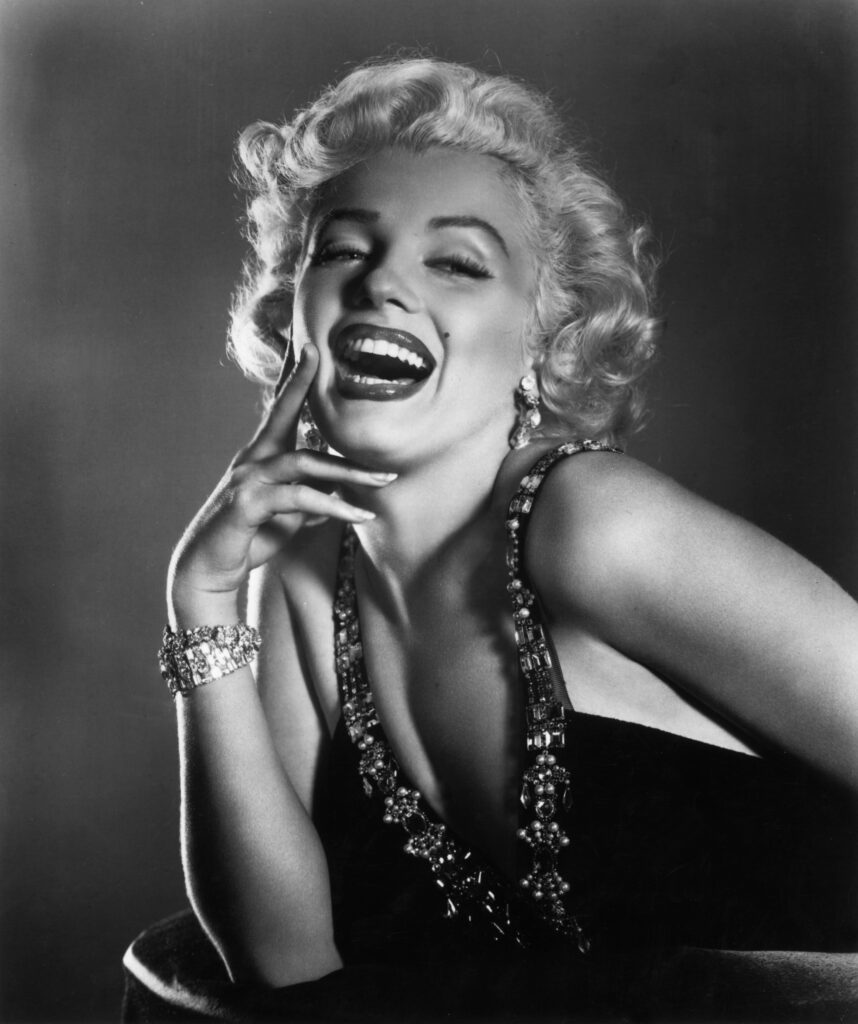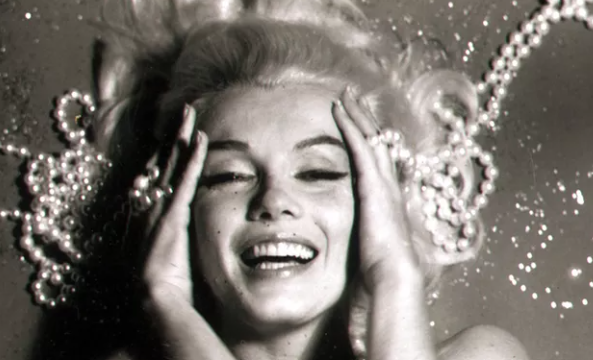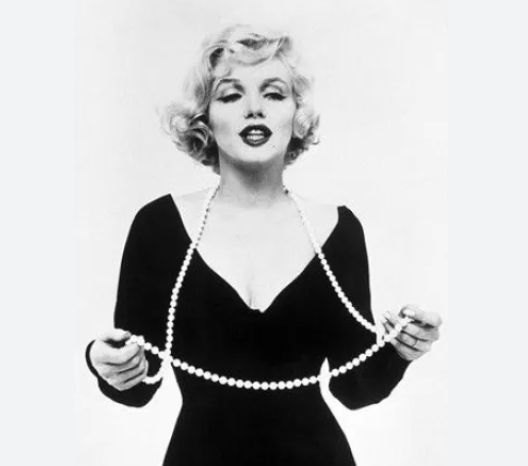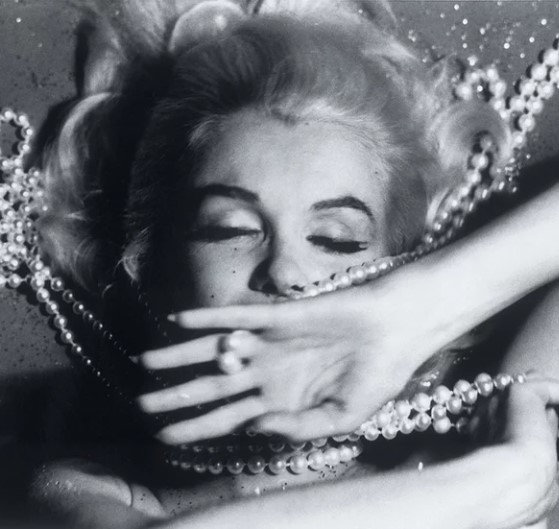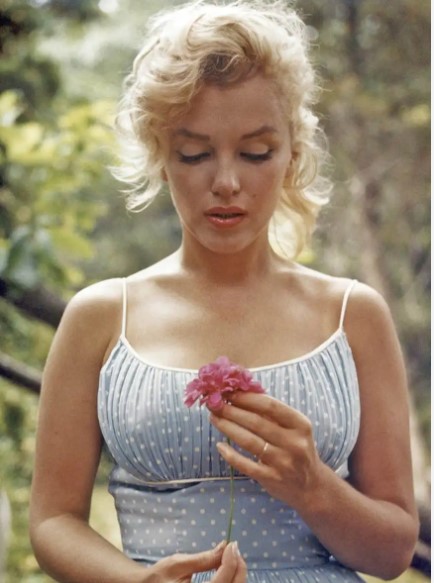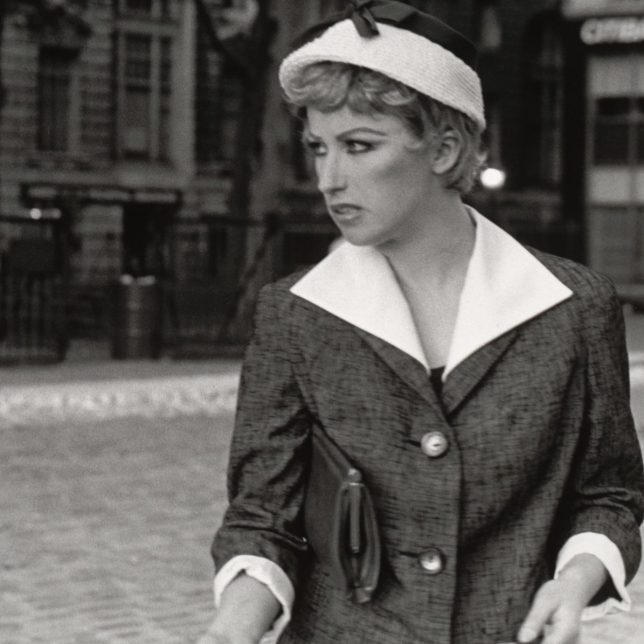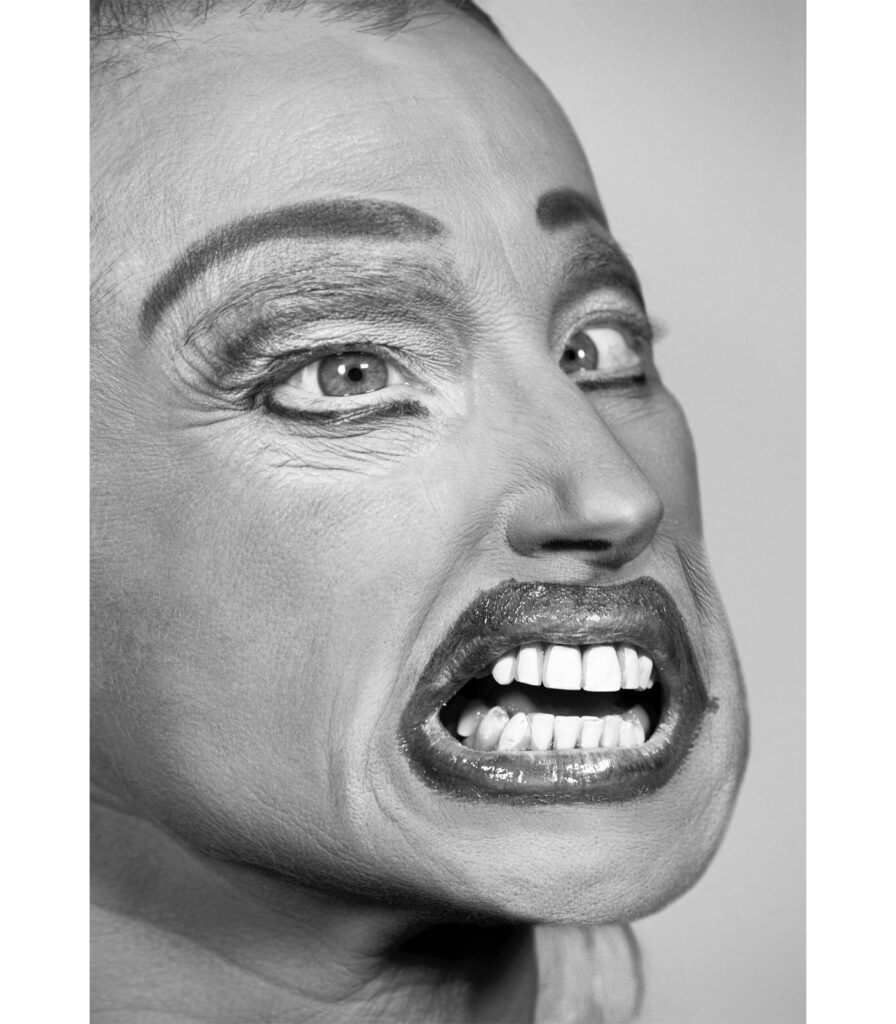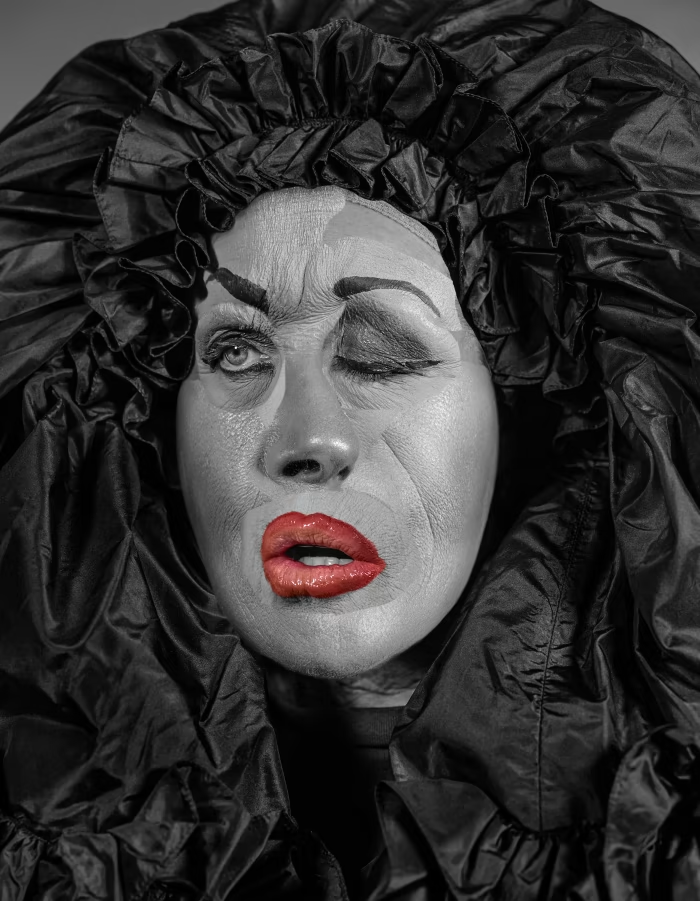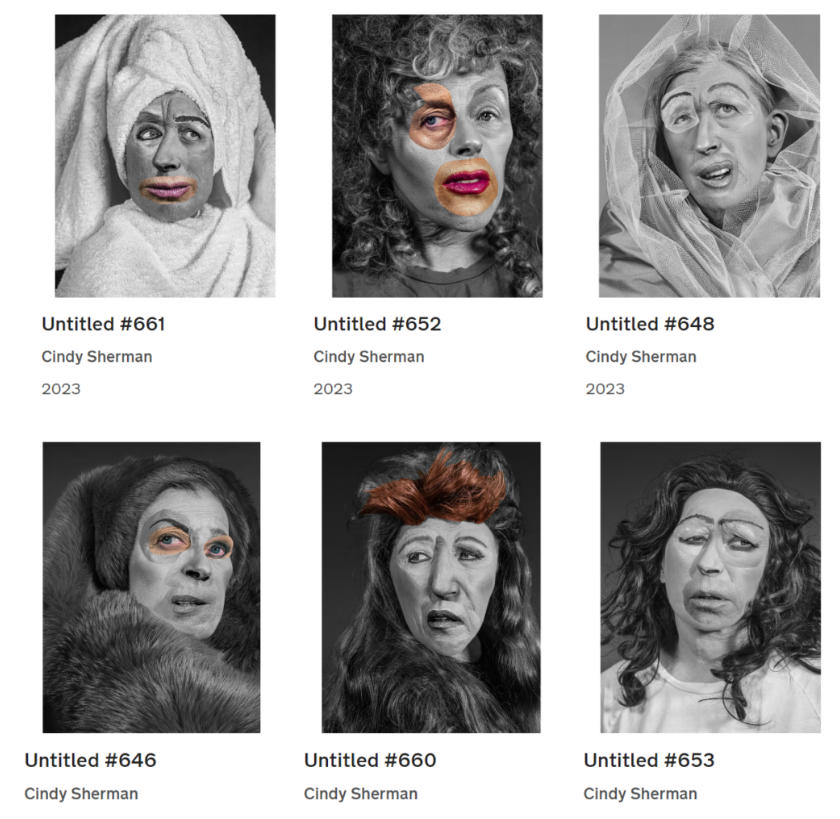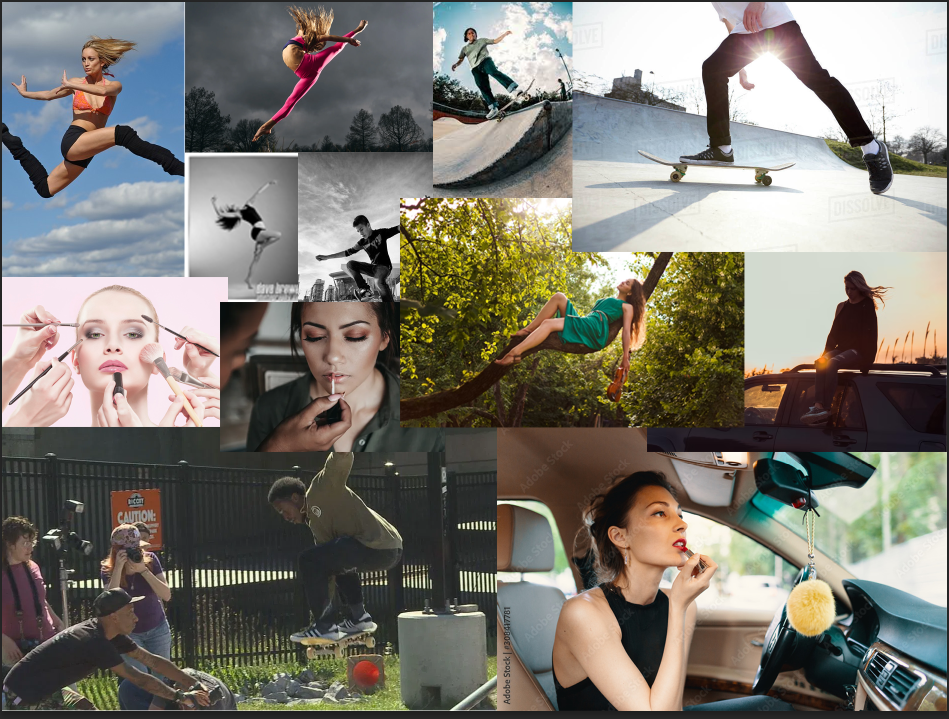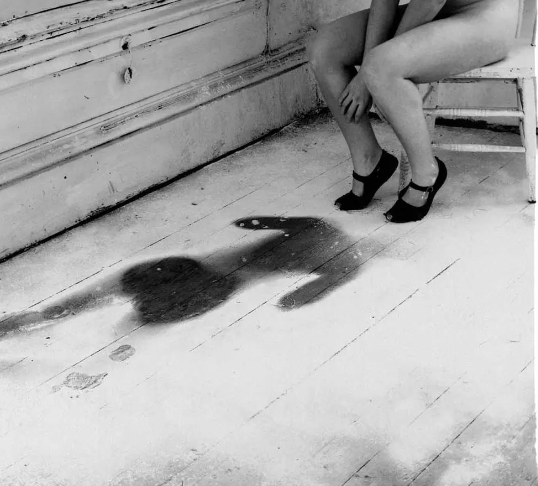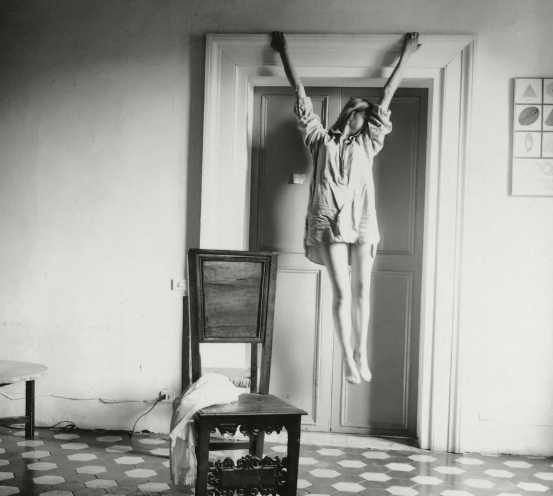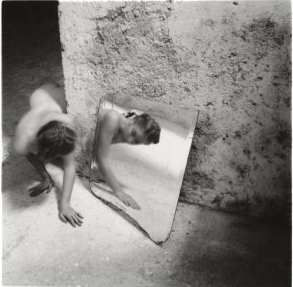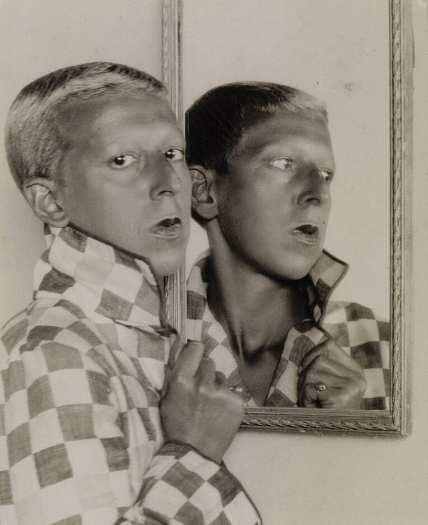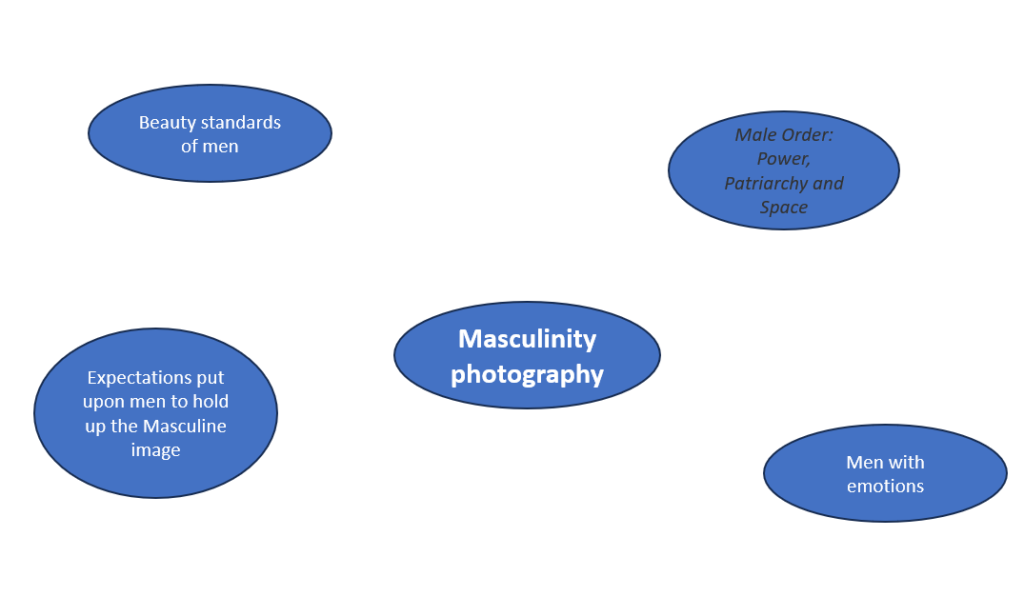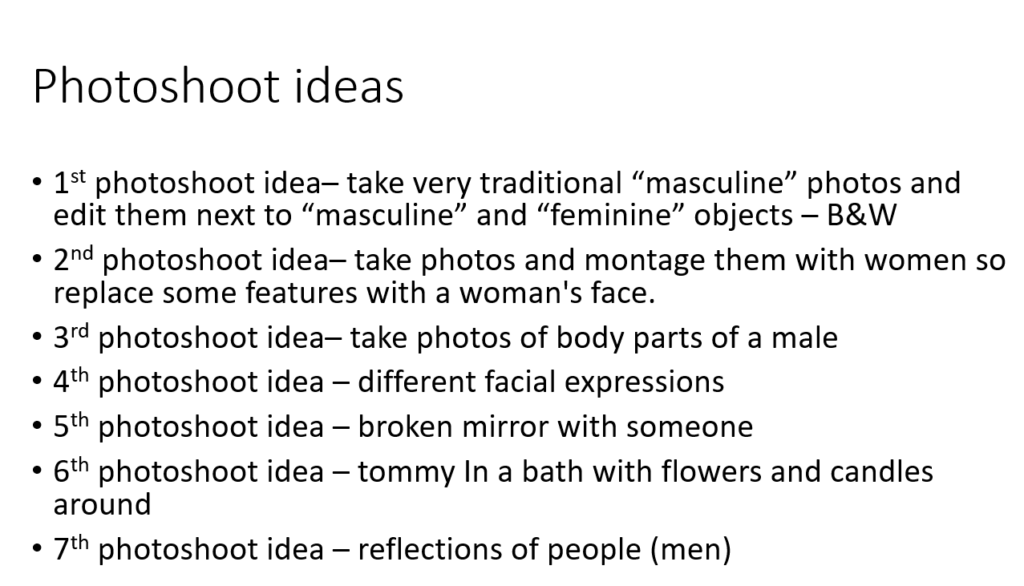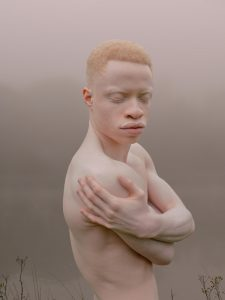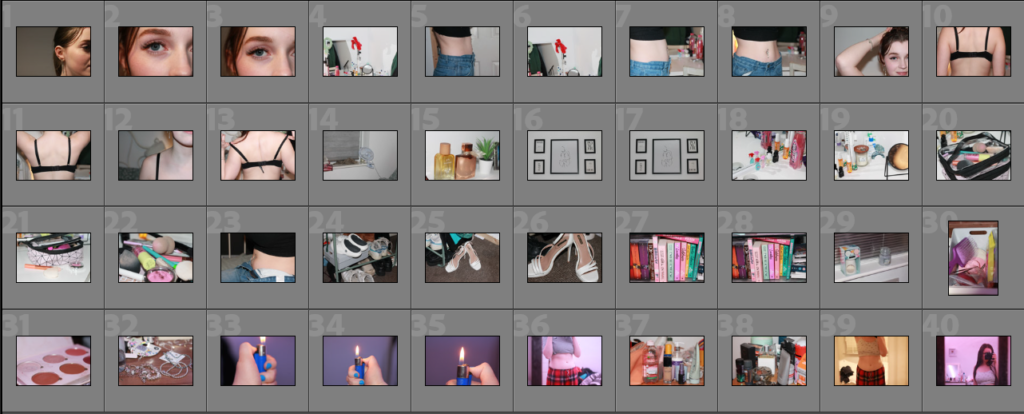Shannon O’Donnell is another photographer who I would like to incorporate into my work as an inspiration because her work is very moving and attempts to grasp an understanding of the way gender can be represented in a fast-growing society.
Shannon O’Donnell:
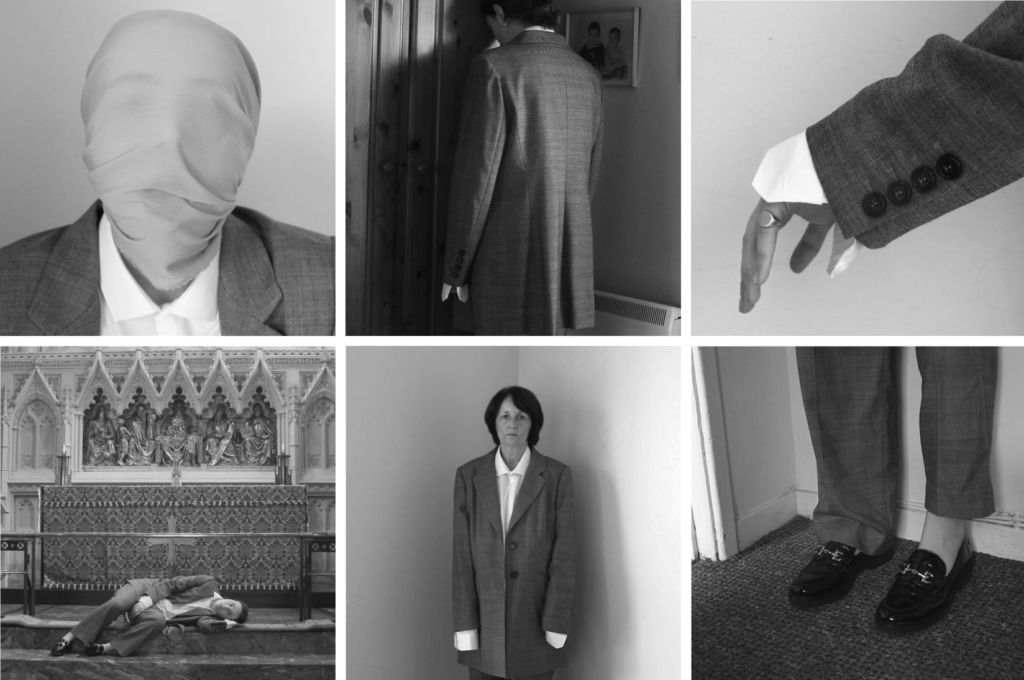
Shannon O’Donnell is a contemporary artist, photographer and short filmmaker currently living in Jersey Channel Islands. Her work is documentary yet performative which explores a gendered experience which focuses on the characteristics and traits of femininity and masculinity. The outcomes she produces challenges the traditional stereotypes placed on women and men in a sociological way, attempting to gage an understanding on how gender is seen in general society. Her work that particularly stands out to me is That’s Not The Way The River Flows (2019).
That’s Not The Way The River Flows (2019) is a collection of images that playfully explores the themes of masculinity and femininity through a series of self-portraits. However, this (similar to Cindy Shermans work Untitled Film Stills) comes from selections of stills from moving scenes of her masquerading as different personas however she opens up to a multitude of different sub-categories of gender differentiating from male or female: non-binary, transgender and gender fluidity. By doing so, this unpicks the traditional conforming narrative of gender causing the viewers to re-imagine our society and understand what makes us who we are and how we identify. This project gives another insight into how the photographer may have conflicting thoughts on her own identity and gender experiences. This project is fundamental to a growing and fast-changing society because it helps people (especially those who find it harder to comprehend) see the struggles and hardships that many people during the exploration and acceptance of themselves, revealing the pressures, stereotypes and difficulties that they face whilst growing up in a strongly gendered society.
That’s Not The Way The River Flows (2019) is from a short film, described as a moving visual poem demonstrating the claustrophobia of identity in peoples lives and the demanding pressure to ‘fit in’. This piece also pokes fun at the ideals surrounding masculinity and femininity and pushing the boundaries and characteristics that were dictated to these themes.
Image Analysis:

I find this image one of the most powerful of the visual poem series. Initially, the monotone to the image creates drama with a sense of seriousness and professionalism. Due to this, the clothing on the subject has a high contrast from the pale wall behind, with the aspect of blankness throughout the image this means that the detail of the blazer and the material over the face gives the ability to focus on the textures more. The most appealing part of this image for me is the face in this headshot. The greyscale linen looking material draped over the face seems to be pulled back and behind the subjects head, covering the identity and ability to differentiate the gender of this person which highlights one of points of this series; the growing exploration of gender fluidity within society. However, as the material is sheer, the subjects pained expression through the pulling of the material describes the suppression and pressure that people struggling with their gender identity have to face. I also feel the panic in the subjects face shows how terrifying this must be in a society that has strong expectations and set propositions of gender. Alongside that, I feel the headshot represents this theme really well as the closeness of the camera to the subject makes a connection with the viewer which forces them to listen. The way that the subjects face is only partially visible through this material that almost blends into the wall in the background, means that we can infer that this makes people want to hide away their struggles with their gender and attempt to fit in. The focal point of the image is on the subjects face with the shoulders slightly blurred so that the raw emotion of the image really speaks to the viewer too, which means that it educates them on how difficult this matter is in a visual manner. I think the photographers intentions of displaying the claustrophobic pressures of gender identity has been represented really well in this image.

